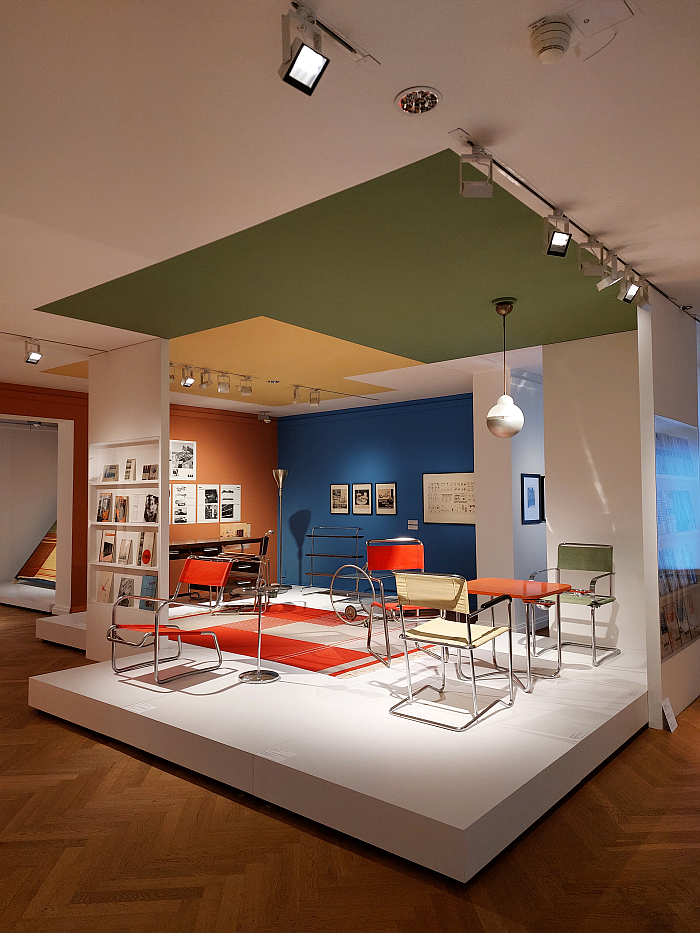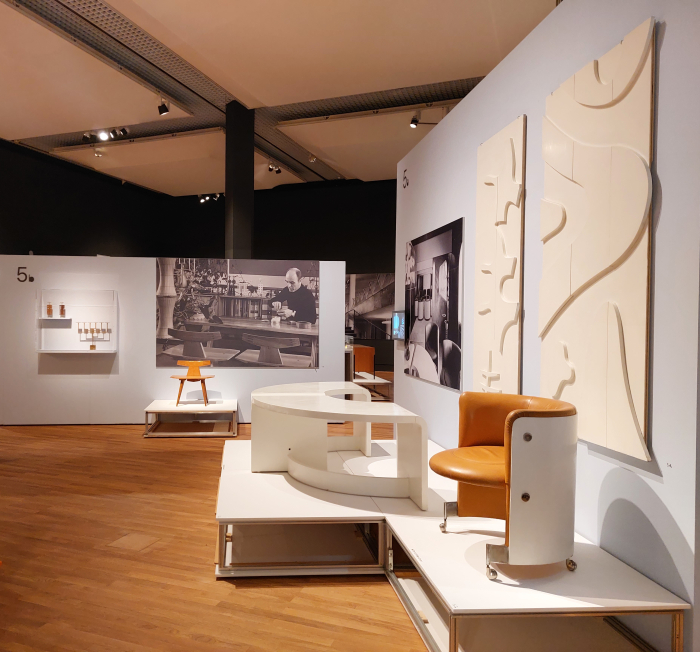Hej rup! The Czech Avant-Garde at the Bröhan Museum, Berlin
There is an argument to be made that popular understandings of, and the popular presentation of, inter-War European avant-garde architecture and design tend to focus on Germany and Russia, and on Functionalism, popular foci that tend to cause us all to forget that the inter-War European avant-Garde was a homogenous mix of positions and, and as with the Art Nouveau before it, an international moment defined by its variety of regional dialects.
With the exhibition Hej rup! The Czech Avant-Garde the Bröhan Museum, Berlin, provide for an introductory course in inter-War Czechoslovakian…….
Retrotopia. Design for Socialist Spaces at the Kunstgewerbemuseum, Berlin
It is, we’d argue, fair to say that most people in western Europe still have a very stereotypical, skewed, if not prejudiced view of late 20th century design in and from those nations that form the eastern half of the European continent.
With Retrotopia. Design for Socialist Spaces the Kunstgewerbemuseum, Berlin, in cooperation with numerous museums and institutions from across eastern Europe, provide an introduction to post-War 20th century architecture and design in and from Croatia, the Czech Republic, East Germany, Estonia, Hungary, Lithuania, Poland, Slovakia, Slovenia and the Ukraine, and in doing so invite us all to begin to approach more probable and more meaningful positions……

